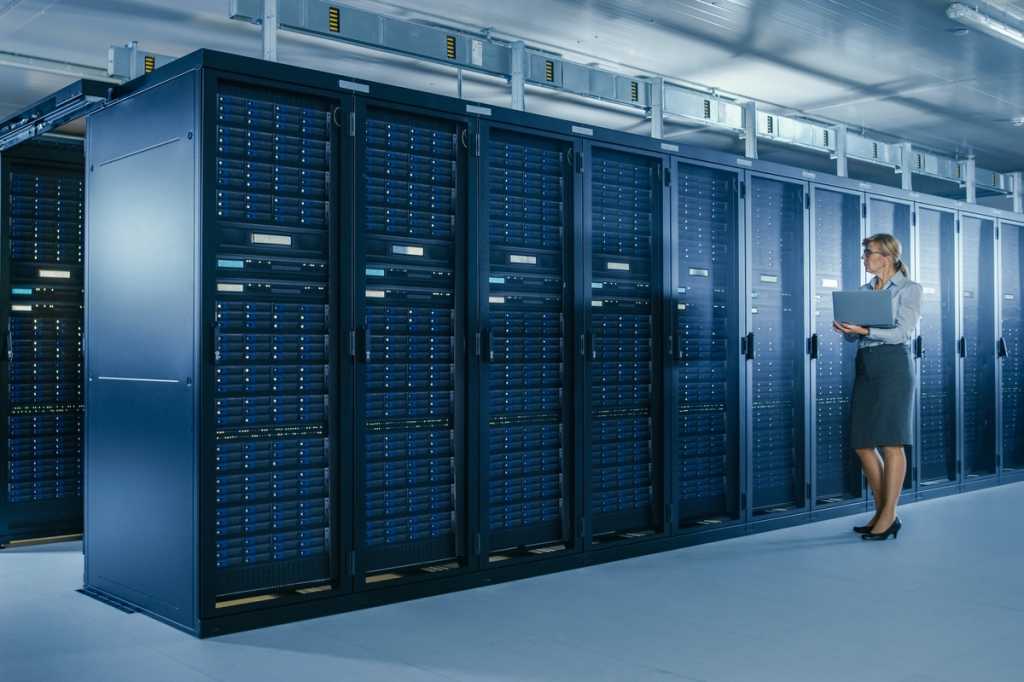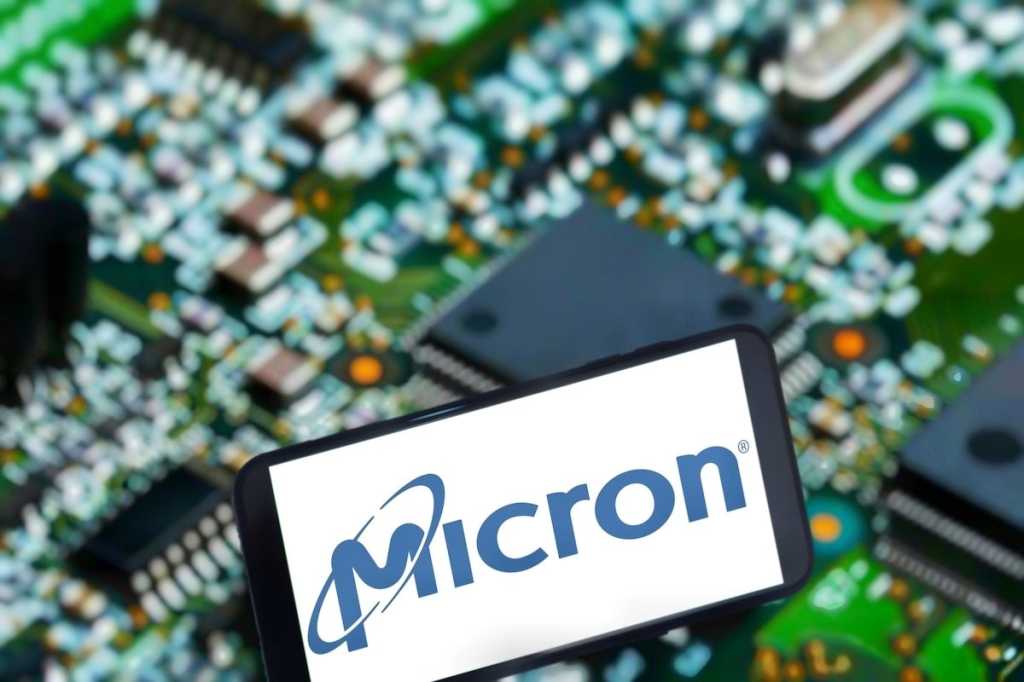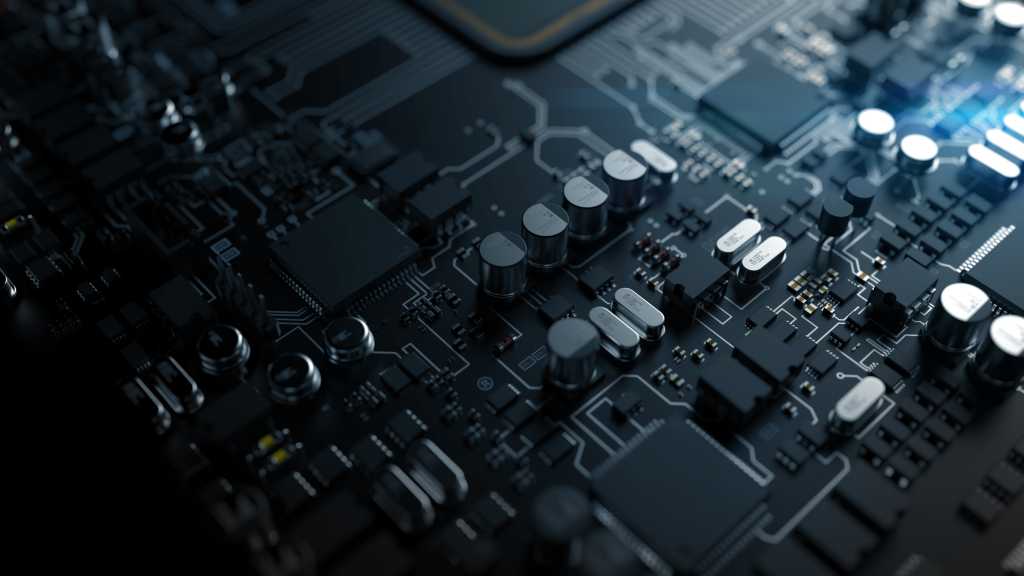
WASHINGTON— U.S. Secretary of Energy Chris Wright testified today before the U.S. House Energy Subcommittee on the Department of Energy’s Fiscal Year 2026 budget request.
Last month, Secretary Wright testified before the U.S. Senate Appropriations Subcommittee on Energy and Water Development and the U.S. House Appropriations Subcommittee on Energy and Water Development to outline the Department’s priorities and provide an overview of the FY2026 request.
The FY2026 Budget aligns with President Trump’s directive to restore American energy dominance and rein in bloated federal spending. It brings non-defense discretionary spending to the most disciplined level since 2017 and redirects more than $15 billion away from Green New Scam programs that drive up costs and weaken the U.S. energy system. For more details, view the budget toplines here.
Secretary Wright’s opening remarks:
Thank you Chairman Latta, Chairman Guthrie, Ranking Member Castor, and Ranking Member Pallone, and Members of the Committee. It is an honor to appear before you today as Secretary of Energy to discuss the President’s Fiscal Year 2026 Budget request for the Department of Energy.
Under President Trump’s leadership, our priorities for the Department are clear – to unleash a golden era of American energy dominance, strengthen our national security, and lead the world in innovation. A reliable and abundant energy supply is the foundation of a strong and prosperous nation. When America leads in energy, we lead in prosperity, security and human flourishing.
America has a historic opportunity to secure our energy systems, propel scientific and technological innovation, including AI; maintain and strengthen our weapons stockpiles; and meet Cold War legacy waste commitments. The Department of Energy will advance this critical mission while cutting red tape, increasing efficiency, and ensuring we are better stewards of taxpayer dollars.
The President’s Fiscal Year 26 budget will ensure taxpayer resources are allocated appropriately and cost-effectively. We will invest DOE’s resources in sources and technologies that support affordable, reliable, and secure energy and provide a return on investment for the American taxpayers. We will return the Department to its core mission and eliminate spending on projects that fail to provide such a return, fail to advance our energy needs, and fail the test of economic viability.
It is deeply concerning how many billions of dollars were rushed out the door without proper due diligence in the final days of the Biden administration. DOE is undertaking a thorough review of financial assistance that identifies waste of taxpayer dollars, protects America’s national security and advances President Trump’s commitment to unleash American energy dominance. As a result, we recently announced the termination of 24 projects totaling over $3.7 billion in taxpayer-funded financial assistance. These projects failed to meet the economic, national security or energy security standards necessary to sustain DOE’s investment, and the taxpayers should not be forced to subsidize them.
Instead, we are advancing a policy of energy addition – fully leveraging affordable, reliable and secure resources that have powered our country for generations. The United States is blessed with an abundance of coal, oil, and natural gas, and our Administration is committed to using them to meet growing energy needs of the American people.
Every one of these resources was unleashed through the world-changing power of American innovation. Our National Labs are the engine that drives research and development to expand our energy dominance. We will prioritize research that supports true technological breakthroughs and maintains America’s global competitiveness.
America must play a leading role commercializing of reliable, safe and secure nuclear energy, and we are taking steps to accelerate innovation in this sector. DOE is working to advance the rapid deployment of next-generation nuclear technology, including small modular reactors.
I am proud to report that we have officially ended the previous administration’s reckless pause on LNG export permits and have returned to regular order for reviewing and approving new permits. DOE will also work to replenish the Strategic Petroleum Reserve – a national asset that protects our security in times of crisis. I want to thank this committee for prioritizing funding to refill the SPR in the One Big Beautiful Bill as well.
We are advancing President Trump’s pledge to lower the cost of living and expand choice by rightsizing DOE’s approach to home efficiency standards and regulations. Under the President’s direction, we’ve begun slashing more than 47 regulations as part of the largest deregulatory effort in history. These actions are projected to save the American people approximately $11 billion while restoring consumer freedom and lowering costs.
The responsible stewardship and modernization of the nation’s nuclear weapons system is paramount for this Administration. DOE is focused on addressing critical upgrades for the U.S. nuclear stockpile and maintaining our engine powerhouses for submarines and aircraft carriers. Both tasks will be even more crucial in the next few years.
Our nuclear innovation as a nation began with the Manhattan Project, and the next Manhattan Project is clearly AI. DOE has a significant role to play in driving AI innovation for scientific discovery and national security. Our agency has world-class high-performance computing capabilities, including four of the world’s top ten supercomputers.
Harnessing our energy potential to power global AI leadership while meeting growing energy demand will be the challenge of our time. But America doesn’t back down from big challenges or big builds.
As Secretary of Energy, I am honored by the responsibility to help meet the American people’s growing energy needs and lead the world in energy development. I appreciated the opportunity to work with many of you on this committee to unlock America’s full energy potential and drive down costs for families with the One Big Beautiful Bill, and I look forward to continuing to work together to achieve President Trump’s energy dominance agenda.
Thank you for the opportunity to testify before this committee.
###




















